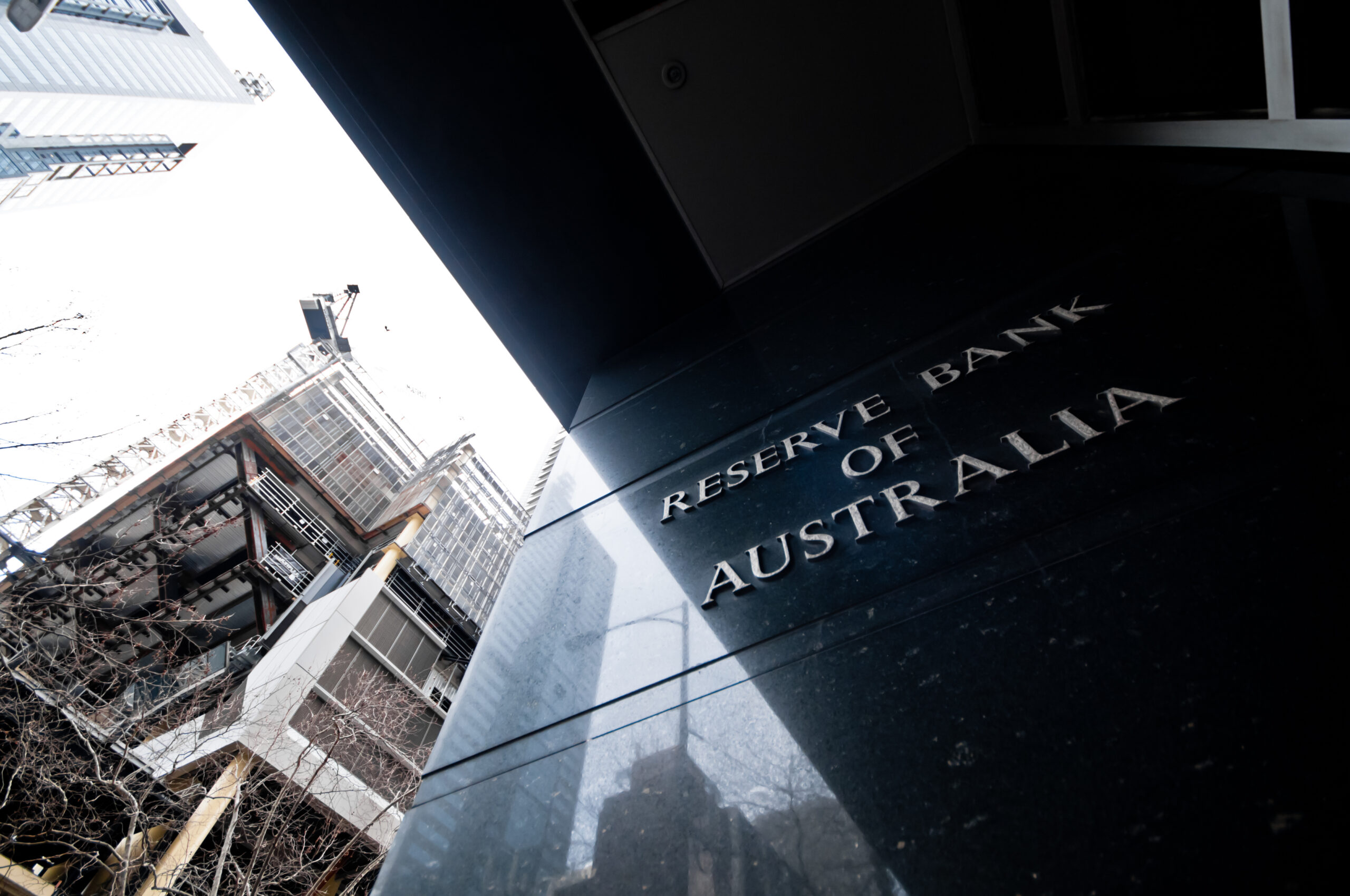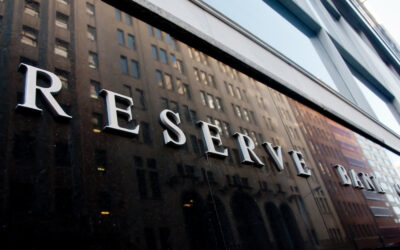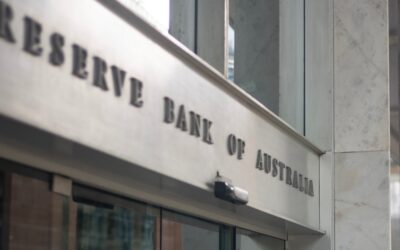In this article:

With inflation slowing less than expected over the last quarter, bets are shifting around the upcoming RBA cash rate announcement due early May, 2024.
This slower reduction in inflation, along with a few other economic shifts, has led some commentators to reassess the likelihood that the RBA will stay at the current cash rate of 4.35% next week, with some even suggesting the odds are 50-50 that there may be a rate hike this May.
Which way will we go?
As they reiterated at the last RBA meeting, the Reserve Bank remains focused on controlling inflation, bringing it down to their 2-3% target. With inflation still high, will they see the need to hike rates again to achieve this goal?
With a high inflation rate and the domestic and global economy still adjusting, some commentators have warned of further rate hikes this year, maybe even this May.
Warren Hogan, Chief economic adviser of Judo Bank, has claimed that the economic and inflation situation in Australia may have the Reserve Bank increasing the interest rate three times this year to 5.1%.
Others are sticking to the previously common position among major financial observers – that rates will continue to hold until reducing slowly over the 2024-25 year period.
Either way, economists are now showing increased caution towards the upcoming RBA announcement, with some hinting at a 50-50 chance of a further rate hike next week. This uncertainty is causing anxiety among homeowners.
The good news? In spite of it all, Australia’s big 4 banks continue to expect the RBA to announce that rates will hold again in the May Board meeting, and for the foreseeable future.
Rate reductions, initially predicted to appear as early as the September meeting, are now definitely not expected before November at the earliest, and most see it might even be well into 2025 before we see any rate cuts.
| Bank | Predicted Cash Rate May 2024 |
|---|---|
| CBA | 4.35% |
| Westpac | 4.35% |
| NAB | 4.35% |
| ANZ | 4.35% |
What’s this ‘stubborn inflation’?
Australia’s inflation rate slowed to 3.6% in the March quarter, much less than the RBA’s forecast. Inflationary growth of 0.6% in the December quarter had led to earlier predictions of 0.8% for the March quarter, rather than the actual CPI growth of 1% reported.
Importantly, this would have kept inflationary rates moving towards the RBAs preferred target and cemented general expectations that rates would hold before starting to drop by around September this year.
It’s clear that, in spite of strong interest rate cuts, inflation is still growing at quite respectable rates. So, what’s driving inflation’s ongoing growth into 2024?
The short answer is “services”. Rent and education, along with increasing health costs, continued to show growth through the March quarter.
Rental prices show no sign of stopping, increasing to 2.1%. Sydney rent hit a 8.9% increase since this time last year and that’s still lower than Perth’s high of 9.9% over the same period.
Education costs continued to swell, recording their largest increase since 2012. The 5.9% growth was primarily driven by increases to primary and secondary school fees alongside tertiary education’s indexed jump of 6.5%. Insurance also rose, up 3.7% as premiums continue to increase.
On the other hand, electricity prices fell, reversing the 1.4% increase of the previous quarter, with the government rebates playing a large part in the current pace of change. Goods inflation was lower at 3.1 percent and fuel prices may also have eased inflation for this last quarter, although, as anyone who’s been to the pump recently knows, prices are again above $2 for most of Australia.
What does it all mean for homeowners?
According to the RBA, the average homeowner with a variable loan is already paying 6.36% interest. If they’re repaying a $500, 000 home loan over a 25 year term, then the repayments are already over $1000 more expensive than they were 12 months ago.
Diana Moussina, Deputy Chief Economist at AMP, pointed out recently in conversation with Mark Bouris that
“The pressure should be on the government to sort out some of these issues that we have in terms of home prices, which again goes back to taxation – do we have the right policies in place?”
WIth rates likely to remain at least around 6% well into 2025, homeowners are going to start looking for more answers, according to Mark Bouris on the latest economic update on Property Insights.
In a recent economic update on Property Insights, Mark Bouris highlights the concern that the Reserve Bank’s efforts to address national inflation have only placed more burden on homeowners. He argues that there needs to be a more comprehensive approach from the government to tackle this issue.
He observed that governmental policy is not keeping up with the reality of Australia’s inflation and that doing nothing while relying on the RBA to do more complex work is not enough.
Bouris also points out that relying solely on the RBA to handle complex work around inflation is not going to be effective.
Tune into Property Insights to stay up to date with all the latest news, information and analysis on interest rates, the economy and the property market.



